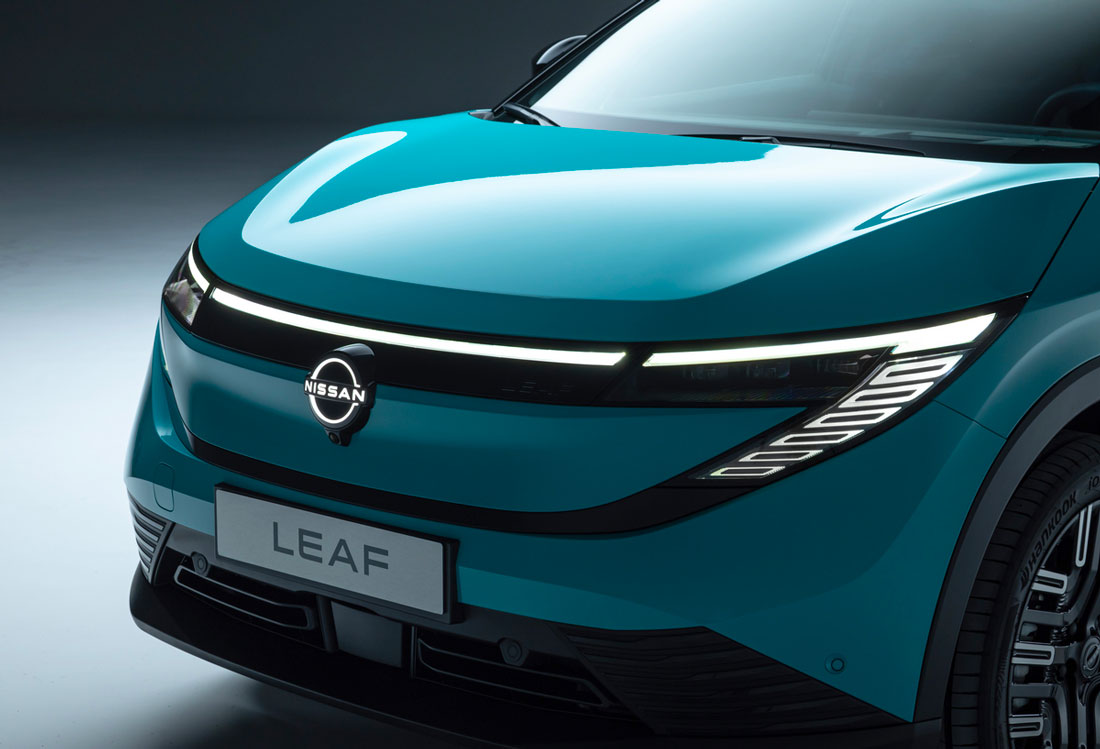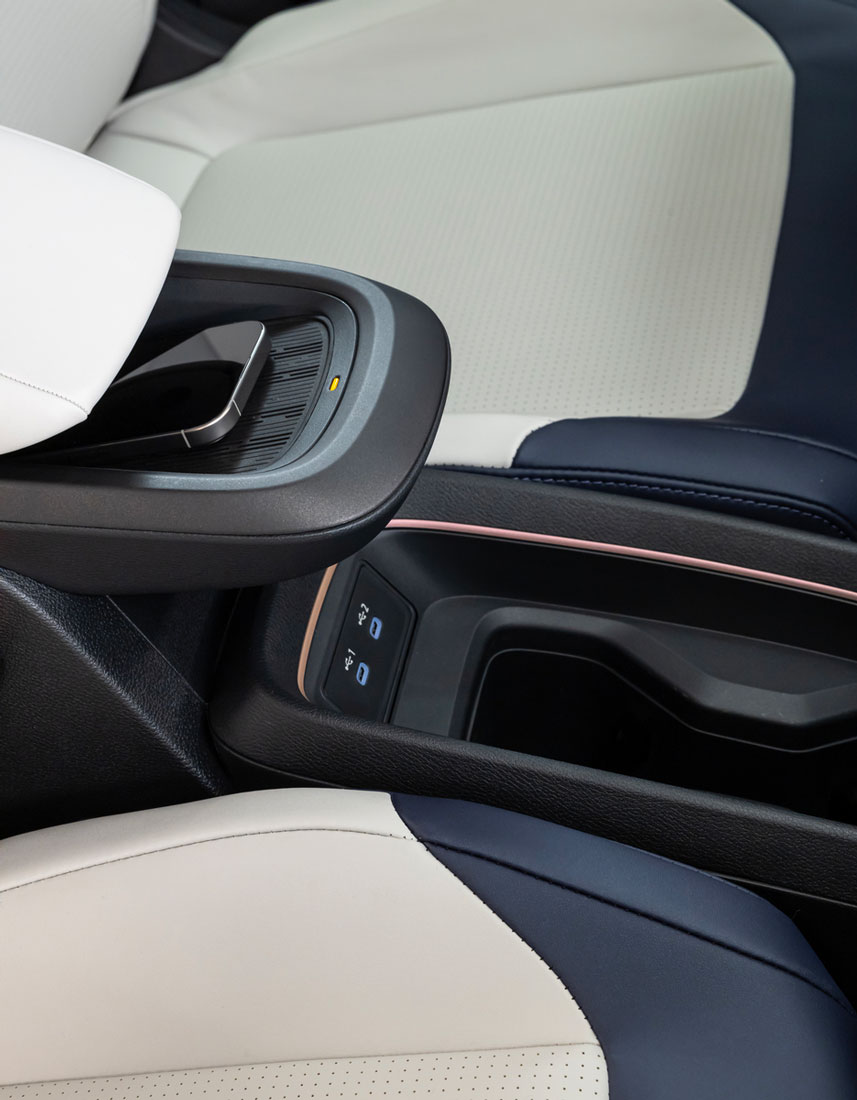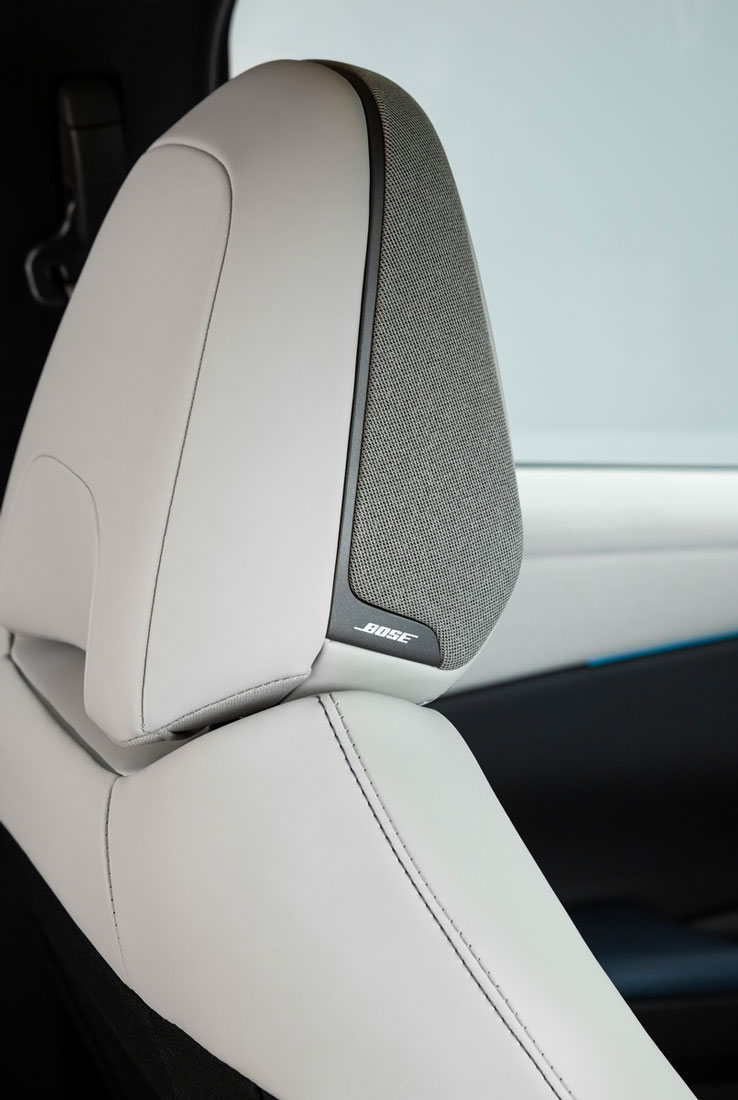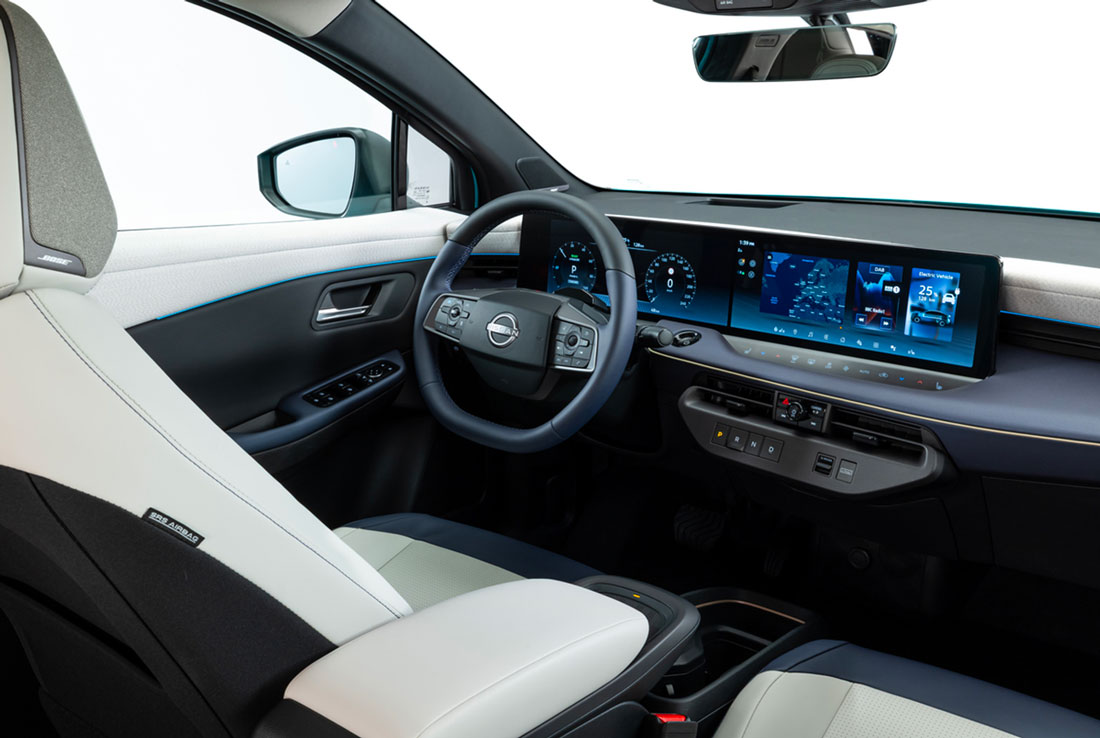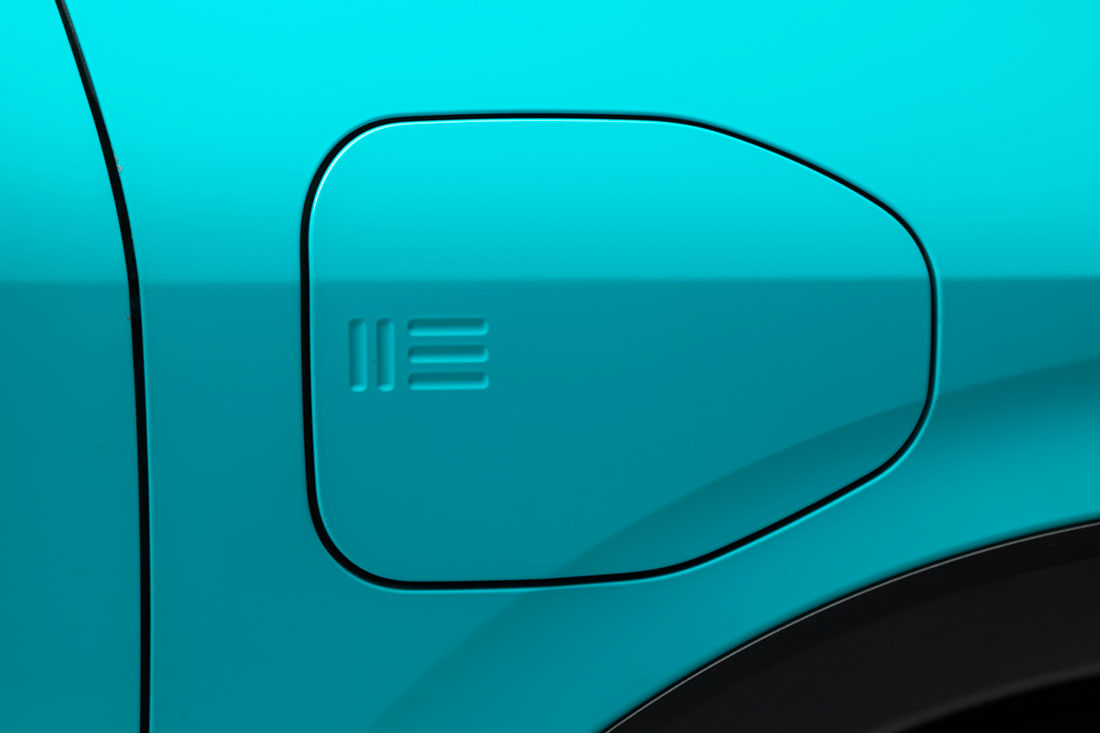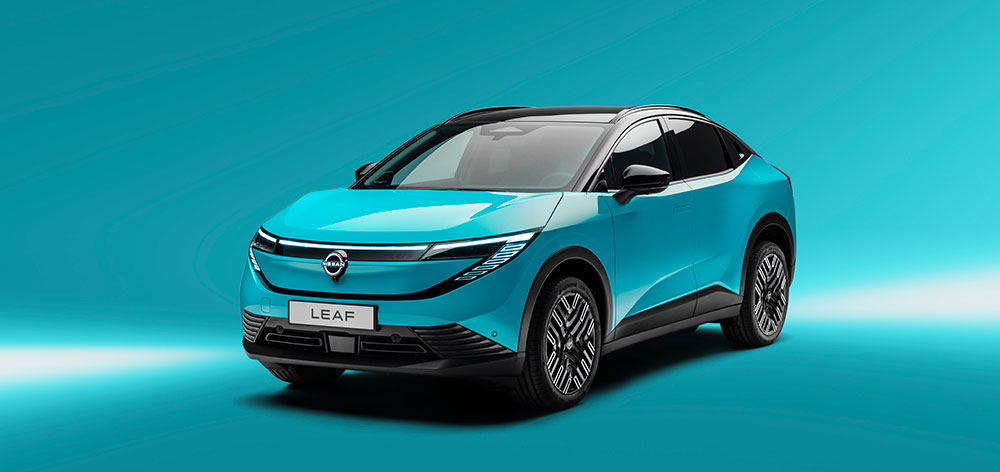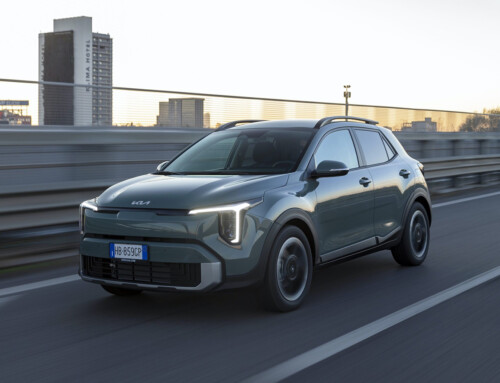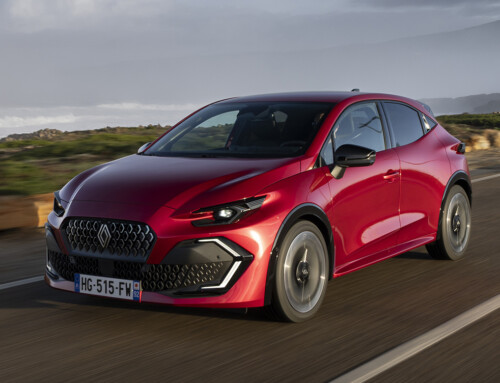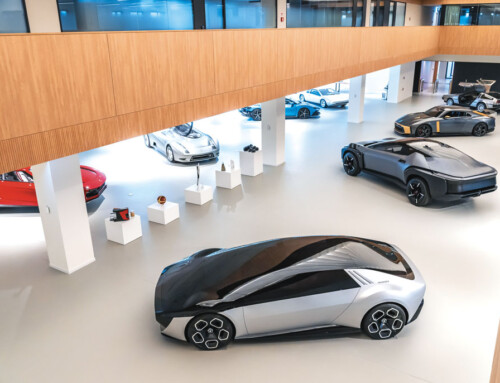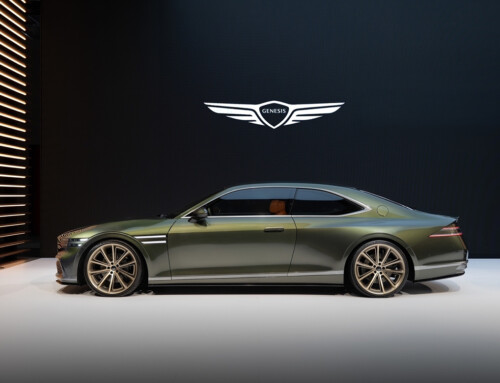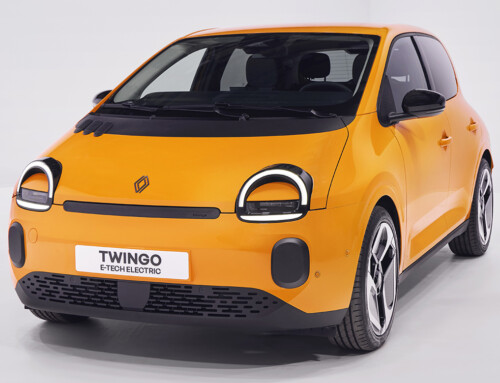For the third generation of its most emblematic electric vehicle, the Leaf, Nissan has sought a subtle balance between evolution and continuity. The shift from a hatchback to a modern crossover aligns with market trends—especially in Europe, the model’s main target—while the design carries forward the steady refinement that has defined the previous two generations. The focus remains on brand identity and recognisability, but equally on aerodynamic efficiency, a key element for any EV.
During the presentation, the word most often used by Giovanny Arroba, Vice President of Nissan Design Europe (even though the car was styled by the Nissan’s Global Design Studio in Atsugi, Japan), was “slick.” Aerodynamics and smoothness are in fact the priorities, although the lines also try to convey values such as solidity and contemporaneity: “For this new generation – reiterates Giovanny Arroba himself – we have coined a new way of defining the electric design of our models: Safe and modern, with the unmistakable Nissan DNA”.
The new Leaf stands out with sculpted front and rear sections, featuring new claw-shaped light clusters that appear to draw some inspiration from Renault models. These are joined by a full-width LED light bar at the front. The rear light design is particularly original, combining both horizontal and vertical elements. It’s the same composition seen on the charging port flap of the new electric Micra—and now also featured on the Leaf—where the stylised forms recall the Japanese numerals for 2 and 3, “ni” and “san”, becoming a sort of coded signature and a subtle tribute to the brand.
The side profile is fluidly contoured, with flush door handles and lightweight alloy wheels designed for low air resistance, contributing to a drag coefficient of 0.25.
Inside, the new Leaf continues the minimalist, high-tech approach of its predecessors. The cabin features a large curved display stretching from the steering wheel to the centre console, paired with suspended secondary controls positioned on sleek shelves—freeing up space and enhancing comfort for all occupants.

